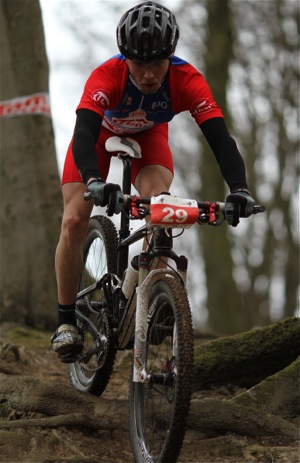October is a quiet month for most cyclists in Europe. Unless you ride 6 days races on the velodromes or ride cycle cross in Belgium, there are no cycling races in the rest of 2008. Thus, October is the month where most riders decrease their overall training amount to a minimum to recover after a long season.
It is often said that the three basic elements for a cyclist are: Training, nutrition and recovery. In October the recovery should have the primary focus, because your body needs rest.
Training
Depending on your fitness level and ambitions, your training amount should be decreased to 50% or less than normal. Try some of the bike disciplines that you are not used to. If road cycling is your primary discipline, then go for a ride on a mountain bike or visit an indoor velodrome. There is a great potential for learning skills from these sports and you are guaranteed some enjoyable rides. Remember to invite the established mountain bikers to hit the roads with you when they have taught you a lesson or two off road.
Nutrition
Don’t focus too much on what you eat and how much you eat. October is when you have the chance to do what normal people do all year around, but don’t overdo it. Eat a burger and have a beer with your friends. One month should not make you really heavy, but please don’t look like Jan Ullrich when we reach November”¦
Recovery
Don’t underestimate the value of a decreased training amount and a period with less focus on target zones, threshold watts and body weight. It clears your head and recovers your muscles. Regarding to the overload principle, training less in periods is an important part of getting stronger.
Over to the readers: What is your primary focus in October?

